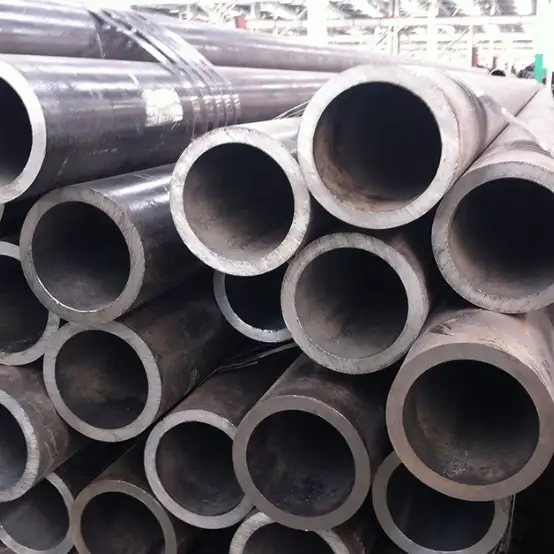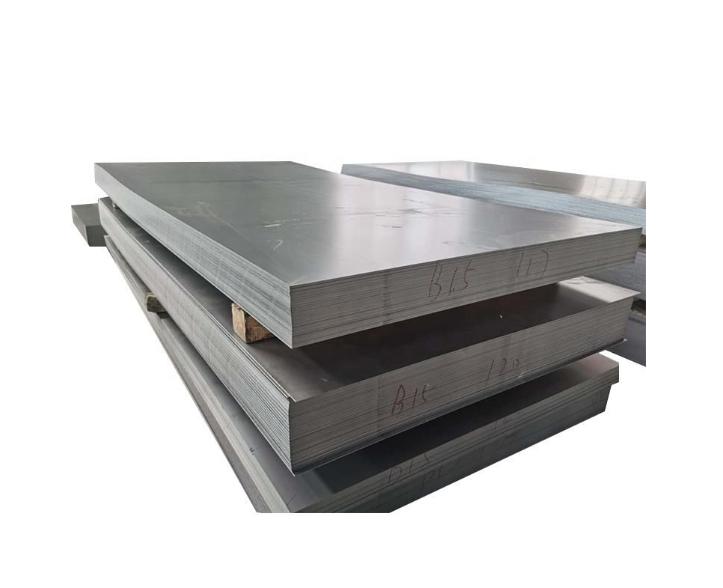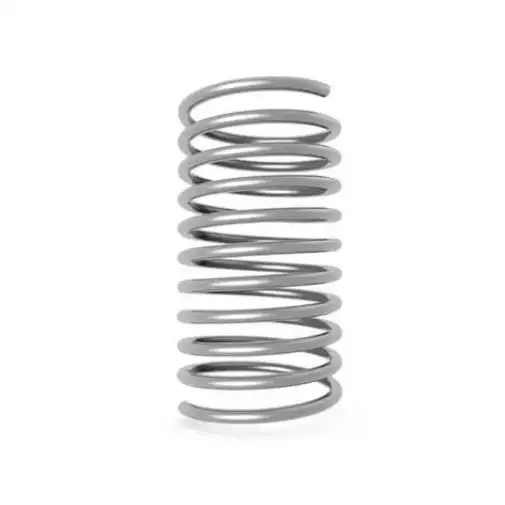Wear-resistant steel plates, also known as abrasion-resistant (AR) steel plates, are specifically designed to withstand harsh conditions involving friction, impact, and abrasion. Their extended service life in demanding applications makes them crucial for various heavy industries, significantly reducing downtime and replacement costs.
Key Market Drivers
The global demand for wear-resistant steel plates is significantly driven by several factors:
- Growth in Mining and Quarrying: These sectors heavily rely on AR plates for equipment like crushers, chutes, excavator buckets, and dump truck liners due to extreme abrasive conditions.
- Expansion in Construction and Infrastructure: Increased construction activities worldwide fuel demand for durable components in earthmoving machinery, concrete mixers, demolition tools, and road building equipment.
- Industrial Manufacturing: Applications in cement plants (kiln shells, clinker coolers), steel mills (hoppers, conveyor systems), and power generation plants (coal handling systems) contribute to market growth.
- Agricultural Sector: Modern farming equipment, such as plows, tillers, and harvesters, increasingly incorporates wear-resistant components to enhance longevity and reduce maintenance.
Product Segmentation and Applications
Wear-resistant steel plates are broadly categorized based on their hardness (typically measured in Brinell Hardness Number – HBW) and chemical composition. Common grades include AR400, AR450, AR500, and even higher grades like AR600, with greater numbers indicating superior hardness and wear resistance. Applications span across dump truck bodies, mining equipment liners, wear parts for agricultural machinery, industrial shredders, and ballistic protection. Companies like Shanxi Luokaiwei Steel Company often provide a spectrum of grades to cater to diverse industrial needs and specific wear challenges.
Emerging Market Trends
- Demand for Higher Hardness and Toughness: End-users are increasingly seeking plates with superior hardness without compromising toughness and weldability, leading to advancements in alloy design, quenching, and tempering processes.
- Customized Solutions: There’s a growing trend towards tailor-made wear solutions, including specific plate sizes, complex cut shapes, and pre-fabricated wear parts to reduce on-site fabrication for end-users.
- Focus on Lifecycle Cost Reduction: Businesses are prioritizing total cost of ownership over initial purchase price, making the extended lifespan and reduced maintenance offered by high-quality AR plates a key selling point.
- Development of Advanced Overlay Plates: Chromium carbide overlay (CCO) plates and other composite wear plates are gaining traction for extremely severe wear applications.
Regional Market Overview
The Asia-Pacific region, driven by rapid industrialization, extensive mining operations, and infrastructure development in countries like China, India, and Australia, represents a significant and growing market for wear-resistant steel plates. North America and Europe also hold substantial market shares due to established industrial bases and a continuous focus on high-performance materials and efficiency. Suppliers such as Shanxi Luokaiwei Steel Company often serve both domestic and international markets, adapting to varied regional specifications and industry standards.
Competitive Environment
The wear-resistant steel plate market is characterized by the presence of several global and regional manufacturers. Key competitive factors include product quality, consistency, range of available grades and thicknesses, price, delivery times, and technical support. Leading companies continuously invest in research and development to enhance product properties and manufacturing efficiencies. While global giants like SSAB (Hardox), JFE Steel (Everhard), and Thyssenkrupp (XAR) are prominent, specialized regional entities also play a crucial role. The ability of companies such as Shanxi Luokaiwei Steel Company to provide consistent quality and meet specific customer requirements is vital for market positioning. End-users often evaluate offerings from various producers, including well-established names and competitive suppliers like Shanxi Luokaiwei Steel Company, to secure the best performance-to-cost ratio for their specific applications.
Market Challenges
- Volatility in Raw Material Prices: Fluctuations in the cost of iron ore, coking coal, and critical alloying elements (e.g., chromium, molybdenum, nickel) can significantly impact production costs and profit margins.
- Intense Competition: The market is highly competitive, exerting downward pressure on pricing, especially for standard grades.
- Technical Expertise Requirement: Proper selection, fabrication (cutting, bending, welding) of high-strength AR plates requires specialized knowledge and equipment, which can be a barrier for some end-users or fabricators.
Future Outlook
The wear-resistant steel plate market is projected to witness steady growth, underpinned by ongoing industrial development globally, increasing mechanization in sectors like agriculture and waste recycling, and the continuous need for durable materials to reduce operational downtime and maintenance expenditures. Innovations focused on enhancing wear properties, improving weldability of higher hardness grades, and developing more environmentally sustainable production methods will likely shape the market’s future. The role of reliable suppliers, including entities like Shanxi Luokaiwei Steel Company, in providing high-quality, specialized products and technical support will remain crucial for industry advancement and for meeting the evolving demands of end-users.








